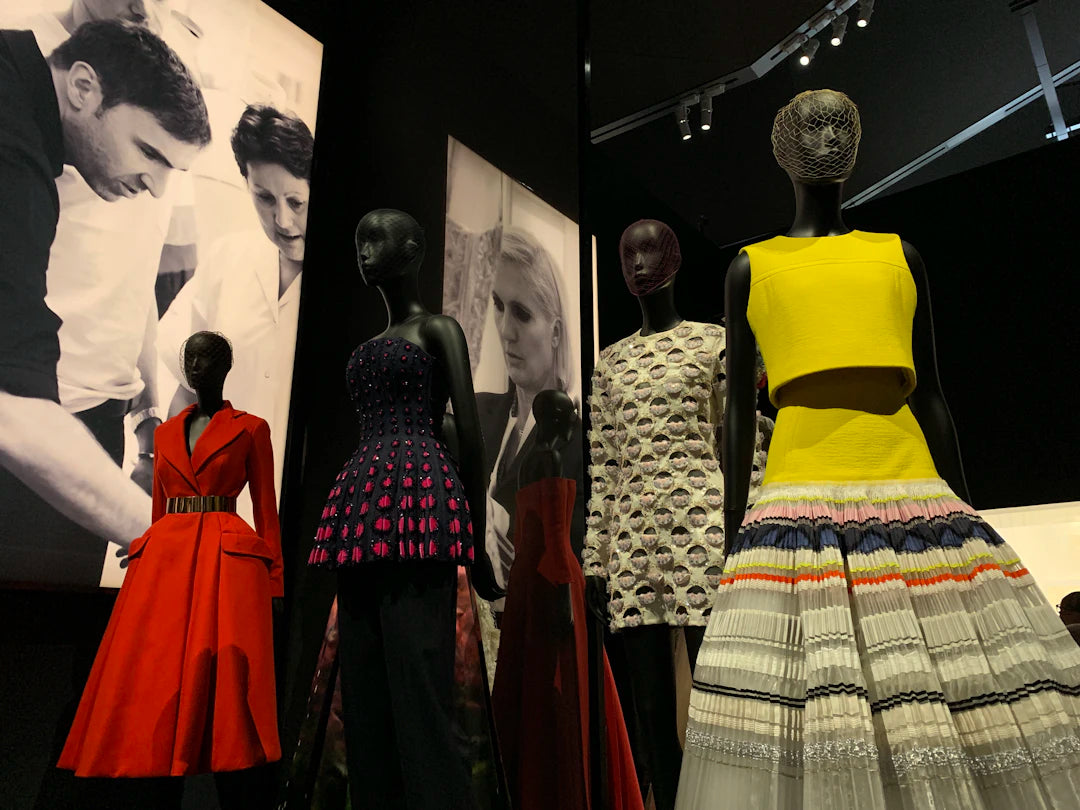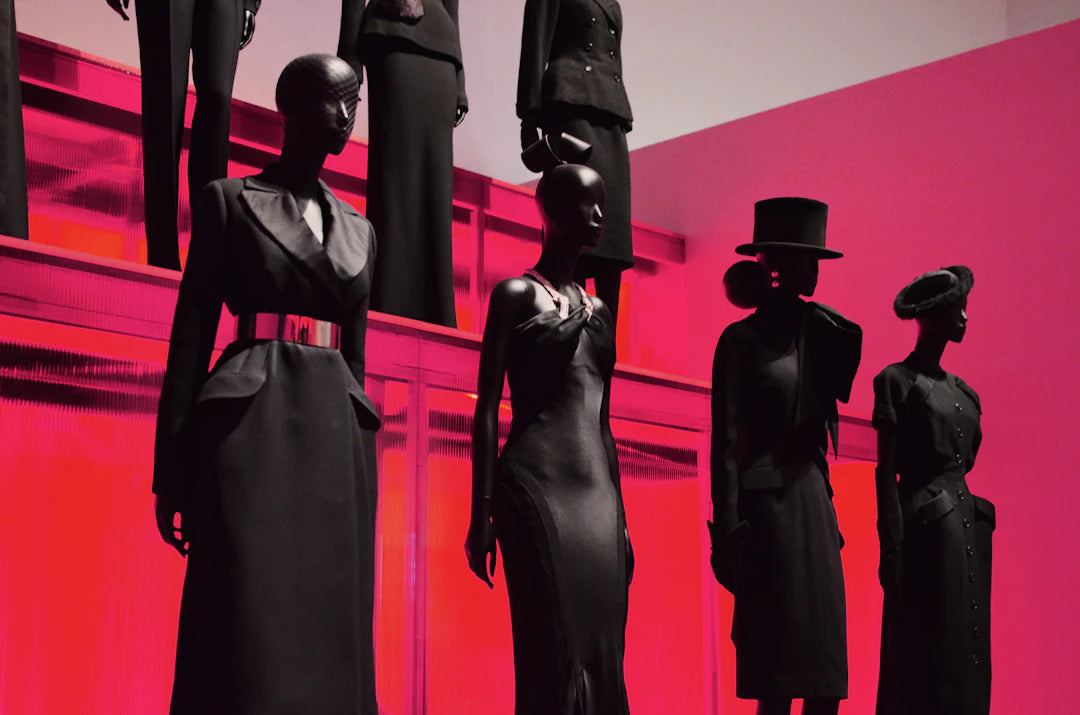In the world of fashion illustration, capturing movement is crucial for conveying the dynamism and energy of your designs. As a digital artist or aspiring fashion designer, the tools you use can make a significant impact on the efficacy of your artwork. This is where fashion illustration brushes come into play as essential tools that allow you to bring your visions to life. This article will explore how to use brushes to convey movement effectively in your fashion illustrations, providing detailed techniques, tool recommendations, and valuable tips to enhance your sketch quality and productivity in Procreate. Get ready to breathe life into your sketches!
The Importance of Movement in Fashion Illustration
Movement in fashion illustrations does more than just depict clothing; it tells a story. When done well, it allows viewers to envision how the fabric will flow and interact with the body. Incorporating movement can utterly transform a static design into an engaging piece of art that resonates with clients, stakeholders, or casual viewers alike. Let’s delve into how various brushes can be used to achieve that fluidity and grace in your sketches.
Understanding Fashion Illustration Brushes
Before diving into techniques, it’s essential to understand the tools available to you. Fashion illustration brushes are specially designed to achieve various effects. From fine lines to dynamic strokes, these tools can be pivotal in creating a sense of fluidity in your sketches.
Types of Brushes to Consider
- Hair Brushes: Perfect for depicting strands of hair and adding texture.
- Fabric Brushes: These can mimic the look and feel of different fabrics, such as silk or denim.
- Dynamic Brushes: Great for conveying motion by simulating swift strokes.
Depending on your style and the specific movement you wish to communicate, varying your brush type is prudent. Experimentation with various brushes can yield delightful surprises in your illustrations!
Tips for Using Brushes to Convey Movement
Now that you’re familiar with the tools, here are some actionable tips on how to utilize them effectively to showcase movement:
1. Use Gesture Lines
Gesture drawing is a technique that captures the essence and movement of a pose. Use a dynamic brush to create swift gesture lines that reflect the flow of the body. This helps lay the groundwork for your illustration, ensuring that you align the garments’ movement with the human form.
2. Layering Techniques
In Procreate, utilize layers to manage different components of your illustration. Start with a basic sketch using a lighter brush, then overlay additional layers with bolder brushes to emphasize motion. This layering process can help create a sense of depth while still allowing fluid movement. For example, if a dress flows in the wind, add sweeping strokes along the skirt’s hemline to simulate that breezy motion.
3. Play with Brush Opacity
Adjusting your brush opacity can significantly impact the perception of movement. Use low-opacity strokes to create soft transitions or highlight the flow of fabric as it moves. A lighter touch may evoke a sense of lightness and airiness, perfect for fabrics that have weight and structure.
4. Utilize Motion Blur Techniques
Although Procreate doesn’t have traditional motion blur functions, you can mimic this effect using multiple strokes that gradually increase in transparency. Apply this technique along the edges of garments or flowing hair to communicate swift movements effectively.
Real-World Use Cases
Understanding how to convey movement through your illustrations is enhanced by studying successful examples. Let’s examine a few scenarios that showcase how effective brush techniques can create striking imagery in fashion:
Fashion Runway Illustrations
Runway sketches often capture the essence of fashion shows, filled with models strutting down the catwalk. By using a combination of dynamic brushes and gesture lines, you'll create sketches that evoke excitement and anticipation. Models’ poised stances can be enhanced with swaths of color that illustrate fabric draping and flow, creating a stunning piece that transports viewers to the runway.
Editorial Illustrations
Editorial illustrations often tell deeper stories, portraying models in motion during high-energy moments, such as spinning or jumping. Here, employing layered approaches with varied brush types can capture the energy of the moment and showcase fabrics that flutter and sway, enhancing the dynamism of your artwork.
Essential Brush Techniques to Elevate Your Fashion Illustrations
Now that we’ve explored how to convey movement, let’s talk about specific techniques that can help you create stunning pieces that stand out.
Adding Depth and Texture
To create a lifelike appearance in your fashion illustrations, consider adding depth and texture through brush techniques. You can achieve this by using textured brushes that simulate fabric patterns, such as lace or denim. Layering different textures also adds richness to your designs, making them visually engaging.
Contrast and Shadowing
Utilizing contrasting colors can help emphasize movement. Darker shades can create shadows representing folds or creases, making the design appear more three-dimensional. Add these shadows with a slightly rough brush to achieve a realistic effect of depth and movement.
Quick Sketchnotes for Productivity
When working on numerous sketches, time is often of the essence. Here are several quick sketchnote tips to keep your productivity high:
- Keep a library of your favorite brushes organized for easy accessibility.
- Use shortcuts and gestures in Procreate to speed up your workflow.
- Set specific goals for each sketch, such as focusing on detail or movement in a single session.
Finding Inspiration
One of the keys to mastering movement in fashion illustration is seeking inspiration from various sources. Browse through fashion magazines, art galleries, or even social media platforms like Instagram and Pinterest. Observe how different illustrators capture movement and style and make a note of techniques that resonate with you.
The Power of Peer Feedback
Don’t underestimate the value of community. Joining online forums and participating in critique sessions can help you refine your techniques. Share your work, ask for constructive feedback, and learn from fellow digital artists. This collaborative environment can provide fresh perspectives and enhance your growth.
Practicing and Perfecting Your Skills
Like any form of art, mastering movement takes practice. Set aside time daily or weekly to focus solely on fashion illustrations. Experiment with different brushes and techniques. Consider setting challenges for yourself to focus on specific areas, like capturing movement through draping fabric or the dynamics of flowing hair.
Getting Feedback on Procreate
In addition to seeking feedback from peers, take advantage of Procreate's tools. Examine your work while zooming in and out, ensuring that the elements of movement are effective from different distances. This will give you an understanding of how your illustrations appear in various contexts, allowing for refinement before presenting to clients or portfolio showcases.
Elevate Your Fashion Journey
Using brushes to convey movement in fashion illustration is a technique that can elevate your designs and make them compelling to audiences. Through understanding brush types, practicing dynamic techniques, and seeking inspiration and feedback, you can develop into a skilled fashion illustrator capable of bringing your designs to life. Remember to lean into your unique style and voice along the way!
Every digital artist’s journey is unique and filled with opportunities for growth. Embrace the process, explore your creativity, and watch your illustrations become captivating narratives that leave a lasting impression. With a focus on movement and the strategic use of fashion illustration brushes, you're on your way to crafting stunning designs that resonate deeply with viewers.





Leave a comment
This site is protected by hCaptcha and the hCaptcha Privacy Policy and Terms of Service apply.